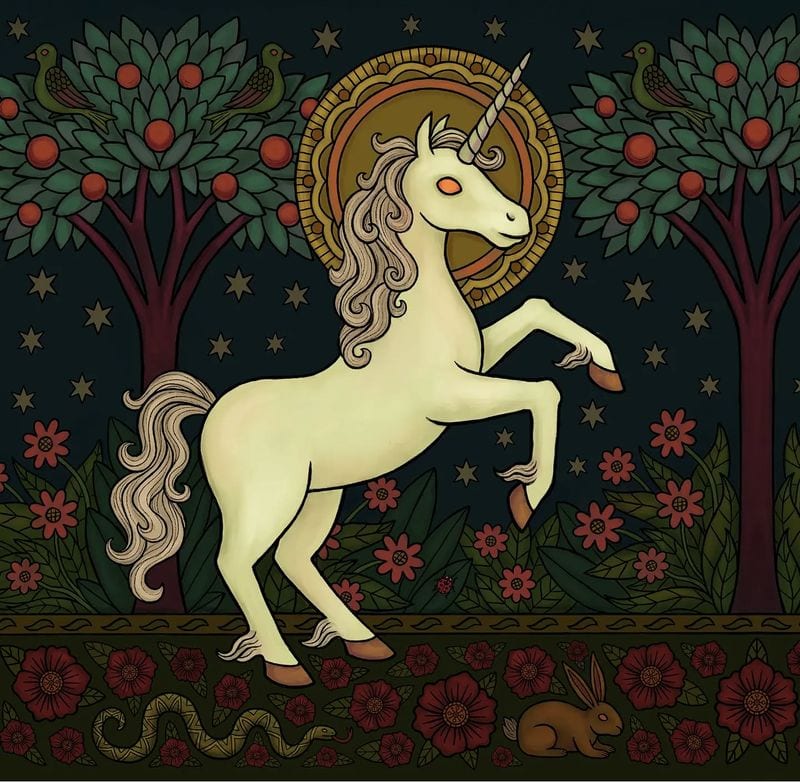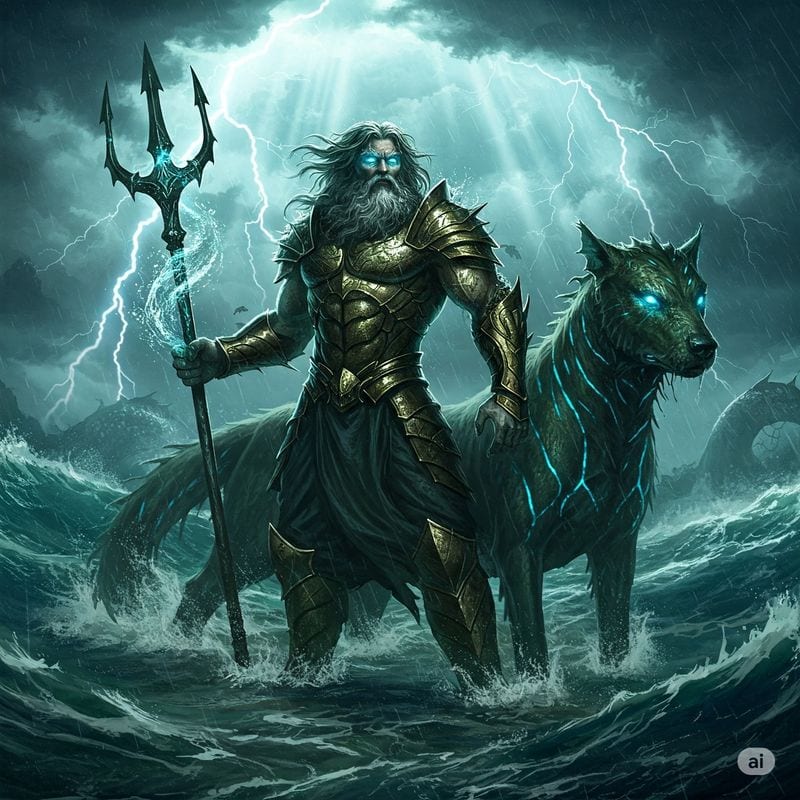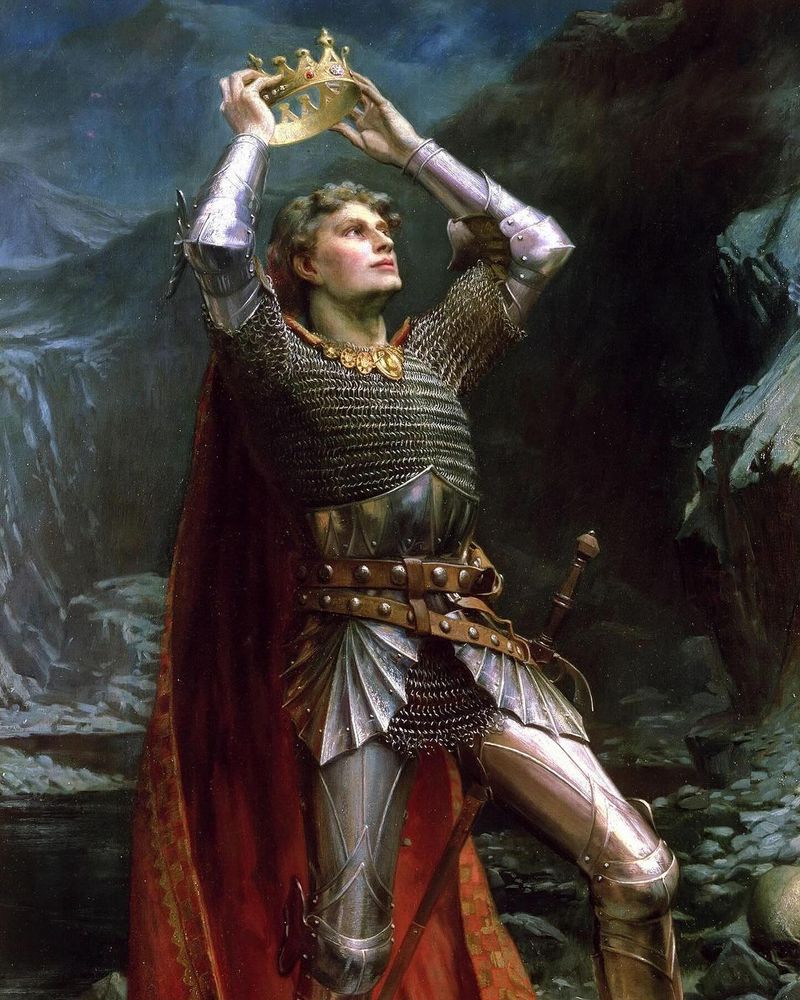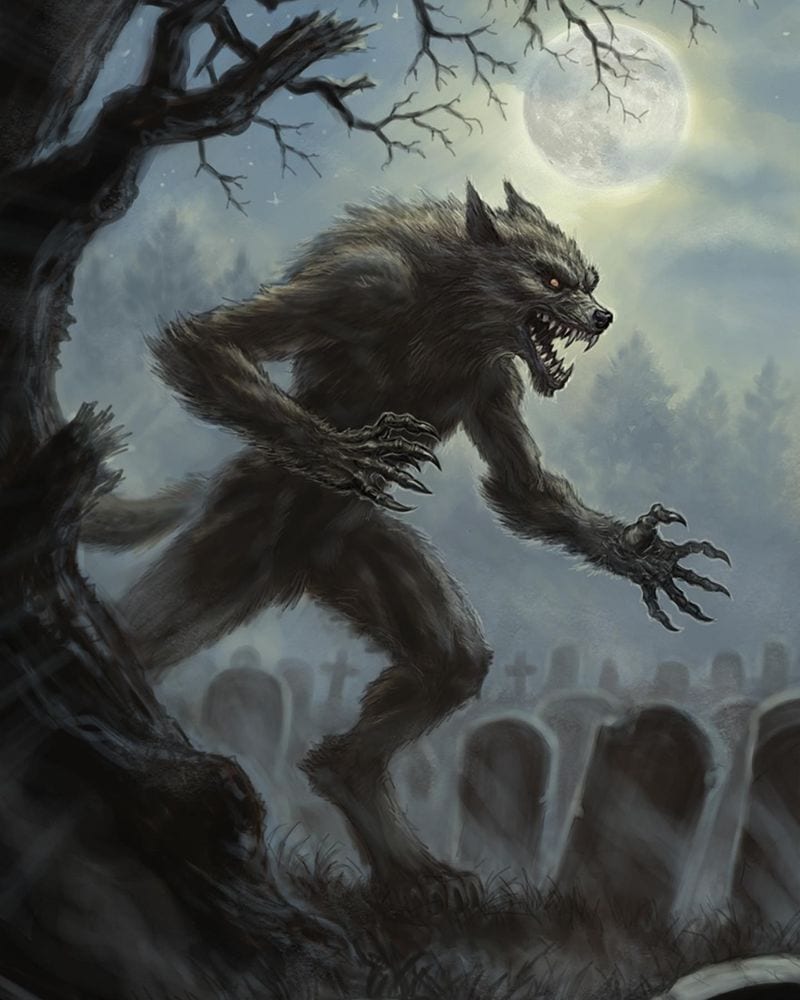Remember those fantastical stories your parents or teachers told you as a kid? The ones about magical creatures, lost cities, and supernatural beings? Turns out, many weren’t completely made up.
Some of our favorite childhood myths and legends actually have surprising connections to real-life events, medical conditions, or misunderstood observations from the past.
1. The Tooth Fairy’s Ancient Origins
Long before the winged dental collector we know today, Northern European families paid good money for children’s lost teeth. These tiny enamel treasures weren’t trash—they were considered powerful good luck charms!
Parents would purchase their children’s fallen teeth to create protective amulets and talismans. The modern Tooth Fairy evolved from this genuine tradition of attributing magical properties to baby teeth.
Over centuries, the practice transformed from practical superstition into the nighttime visitor who exchanges teeth for coins, combining ancient beliefs with a touch of whimsy that helps children cope with a sometimes frightening developmental milestone.
2. Unicorns Were Really Rhinos
Ancient travelers returning from India described mysterious one-horned beasts with incredible detail. These weren’t fantasy creatures—they were actual rhinoceroses being described by people who had never seen such animals before!
Greek historian Ctesias wrote about these strange beasts in the 5th century BCE, describing their powerful bodies and distinctive single horn. Medieval unicorn tapestries reveal creatures with surprisingly rhino-like bodies, not the horse-like animals of modern imagination.
Communication gaps, translation errors, and the natural human tendency to embellish transformed these real animals into the mythical unicorns that captured our childhood imaginations.
3. Dragon Myths Born From Dinosaur Bones
Massive dragon legends appear in cultures worldwide for a fascinating reason—our ancestors kept digging up dinosaur fossils! Without modern paleontology, finding enormous teeth and bones led to logical but fantastical explanations.
Chinese villagers unearthing fossilized remains believed they’d found dragon bones, using them in traditional medicines. European excavations of pterosaur and dinosaur skeletons fueled stories of winged, fire-breathing monsters that terrorized villages.
These myths weren’t random inventions but reasonable attempts to explain real physical evidence using the knowledge available. The dragon, in many ways, represents humanity’s first attempt at understanding prehistoric life.
4. Vampires: When Medical Conditions Sparked Fear
Sunlight sensitivity, elongated teeth, and a deathly pallor—these vampire hallmarks mirror symptoms of real medical conditions. Porphyria, a blood disorder affecting thousands today, causes extreme photosensitivity and gum recession that makes teeth appear fang-like.
Tuberculosis patients in the 1800s often had blood-tinged coughs and wasted appearances, sometimes improving temporarily after seemingly “feeding” on healthy family members who later fell ill. The historical Vlad the Impaler, known for his bloodthirsty cruelty, provided the name and inspiration for Bram Stoker’s Count Dracula.
Communities witnessing these unexplainable symptoms created vampire legends as ways to process genuine medical mysteries they couldn’t otherwise understand.
5. The Pied Piper’s Disturbing Historical Record
Town records from Hamelin, Germany contain a chilling entry from 1284: “130 children born in Hamelin were led away by a piper dressed in many colors, and lost at the place of execution near the koppen.” This isn’t fairy tale language—it’s an official historical document.
Historians debate what actually happened to these children. Some suggest they joined a children’s crusade or died in a plague that specifically targeted the young. Others believe they were recruited for an eastern European colonization effort, never to return home.
Whatever the truth, something traumatic happened to Hamelin’s children that day, transforming over centuries into the cautionary tale we now tell youngsters.
6. Zeus and the Science of Lightning
Mount Olympus, standing nearly 10,000 feet tall, frequently has its peak shrouded in clouds and struck by spectacular lightning storms. Ancient Greeks observed this natural phenomenon and drew a perfectly reasonable conclusion—someone powerful must live up there controlling the weather!
Before understanding atmospheric electricity, the Greeks created Zeus, the lightning-wielding sky god who ruled from this mountain throne. His thunderbolts weren’t pure fiction but an attempt to explain real lightning strikes that repeatedly hit the same prominent landmarks.
This myth represents early scientific thinking, where people observed patterns in nature and developed explanations based on the limited knowledge available to them.
7. Atlantis: Memory of a Real Volcanic Disaster
Around 1600 BCE, the Mediterranean island of Thera experienced one of history’s most violent volcanic eruptions. The blast decimated the advanced Minoan civilization on nearby Crete, sending massive tsunamis across the region and burying settlements under ash.
Plato’s famous account of Atlantis—a sophisticated island nation swallowed by the sea—bears striking similarities to this actual catastrophe. The timing matches archaeological evidence, and details about Atlantean architecture resemble discovered Minoan structures.
Memory of this devastating real-world event likely passed through generations of oral storytelling before reaching Plato, who shaped it into the legendary cautionary tale about a prideful civilization punished by angry gods.
8. Mermaids: When Sailors Spotted Manatees
Christopher Columbus himself recorded seeing “mermaids” during his voyages, describing them as “not as beautiful as painted.” What the famous explorer actually encountered were manatees or dugongs—aquatic mammals whose upper bodies can appear strangely human-like from a distance.
Sailors spending months at sea, often suffering from vitamin deficiencies and exhaustion, would glimpse these creatures surfacing to breathe. The animals’ facial features, nursing positions, and tendency to hold their young like human mothers created a perfect recipe for misidentification.
Even the scientific name for manatees—Sirenia—references the siren mermaids of mythology, acknowledging how these gentle sea creatures inspired centuries of maritime legends.
9. King Arthur: The Real Warrior Behind the Legend
Archaeological evidence suggests a powerful 5th or 6th-century Romano-British leader really did lead resistance against Saxon invaders during Britain’s Dark Ages. This military commander—possibly named Artorius—became the seed from which the legendary king grew.
Historical records mention a decisive British victory at Mount Badon around 500 CE, halting Saxon advancement for decades. As this story passed through generations of Celtic bards and medieval writers, magical elements like the sword Excalibur and wizard Merlin were added.
The round table, Camelot, and quest for the Holy Grail came later, transforming a genuine war hero into the centerpiece of elaborate medieval romances that continue captivating our imagination today.
10. Werewolves: When Medical Conditions Met Murderers
The rare genetic condition hypertrichosis causes excessive hair growth across the entire body, including the face. Throughout history, people with this condition were often displayed in circus “freak shows” as wolf-men or werewolves.
More disturbing were the actual murderers who claimed lycanthropic transformations. Gilles Garnier, a 16th-century French hermit, confessed to killing and eating children while “in the form of a wolf”—likely suffering from severe mental illness rather than supernatural transformation.
Combined with rabies outbreaks causing infected people to foam at the mouth and attack others, these real phenomena created perfect conditions for werewolf myths to take root in medieval communities already primed to believe in supernatural shape-shifting.











